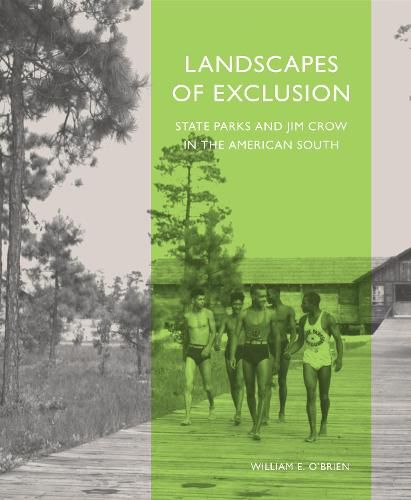Winner, J. B. Jackson Book Prize from the Foundation for Landscape StudiesWinner, American Association for State and Local History Award of MeritDuring the 1930s, the state park movement and the National Park Service expanded public access to scenic American places, especially during the era of the New Deal. However, under severe Jim Crow restrictions in the South, African Americans were routinely and officially denied entrance to these supposedly shared sites. In response, advocacy groups pressured the National Park Service to provide some facilities for African Americans. William E. O'Brien shows that these parks were typically substandard in relation to whites only areas.As the NAACP filed federal lawsuits that demanded park integration and increased pressure on park officials, southern park agencies reacted with attempts to expand segregated facilities, hoping they could demonstrate that these parks achieved the separate but equal standard. But the courts consistently ruled in favor of integration, leading to the end of segregated state parks by the middle of the 1960s. Even though the stories behind these largely inferior facilities faded from public awareness, the imprint of segregated state park design remains visible throughout the South.O'Brien illuminates this untold facet of Jim Crow history in the first-ever study of segregation in southern state parks. His book underscores the profound disparity that persisted for decades in the number, size, and quality of state parks provided for black visitors in the Jim Crow South. State park design in the South during the Jim Crow era is a highly significant chapter in the cultural history of American parks, and one that has received almost no scholarly attention. Many state parks or park areas cre-ated under the ‘separate but equal’ doctrine were subsequently altered so that their origins are not immediately apparent today. O'Brien’s remarkable work of scholarship makes it possible for us, finally, to understand this formerly obscured category of American parks. –Ethan Carr, author of Mission 66: Modernism and the National Park Dilemma
Read More





